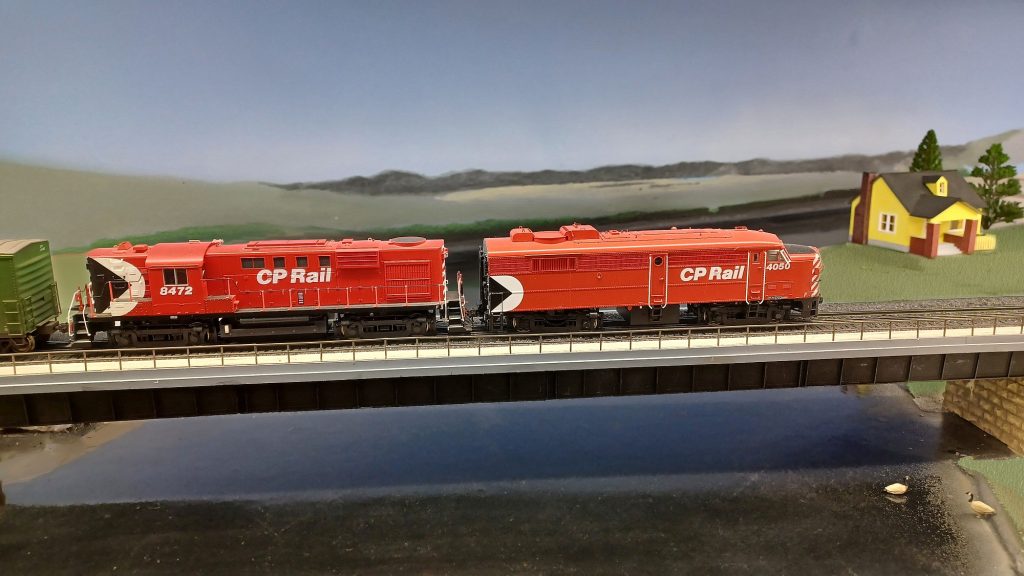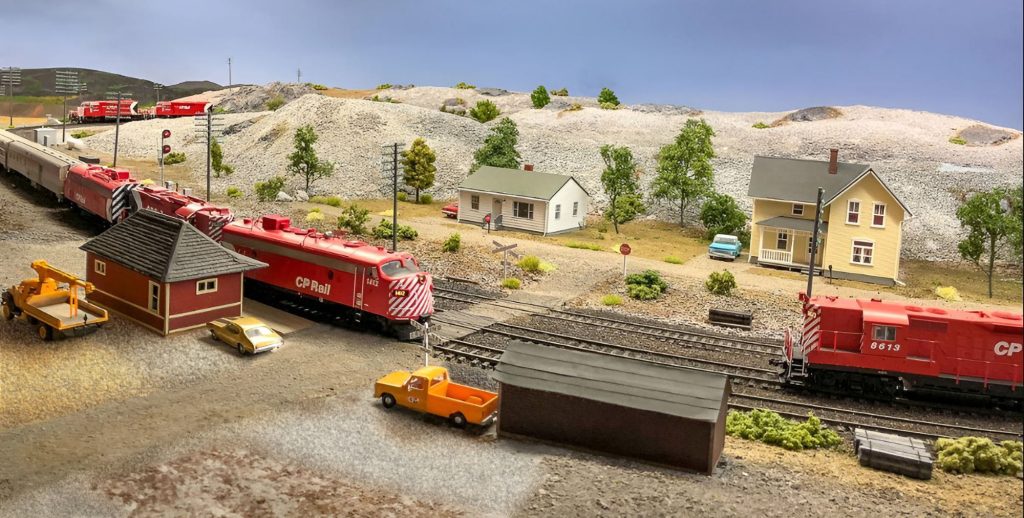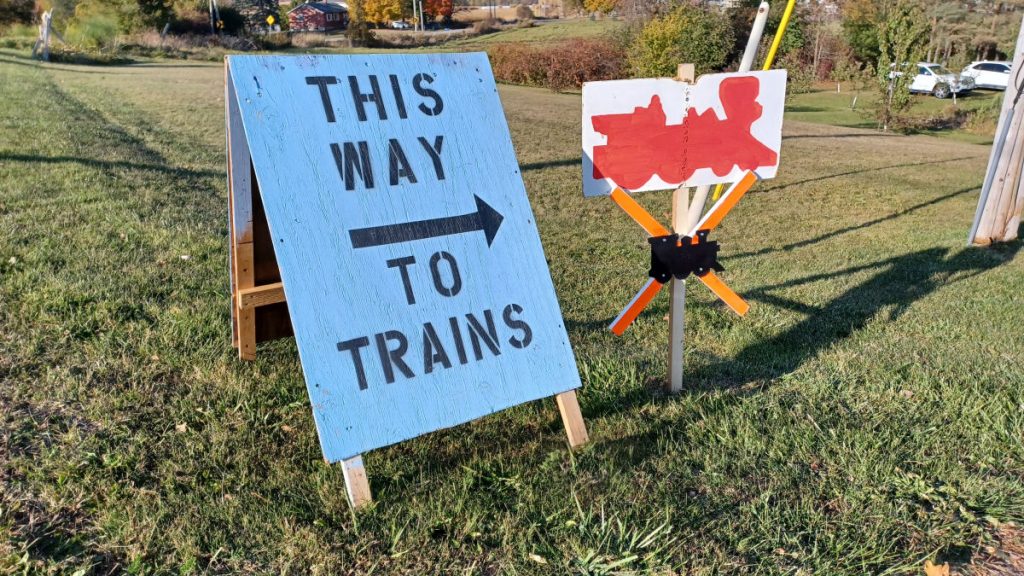SIGNALS AND THEIR USE
7. Employees whose duties may require them to give signals must have the proper appliances, keep them in good order and ready for immediate use.
8. Flags (cloth, metal, or other suitable material) of the prescribed color must be used by day, and lights of the prescribed color and type by night.
9. Day signals must by displayed from sunrise to sunset, but when day signals cannot be plainly seen night signals must be used in addition.
Night signals must be displayed from sunset to sunrise, unless otherwise provided.
COLOR SIGNALS
10. COLOR SIGNALS
| Color | Indication |
|---|---|
| (a) Red | Stop, except as otherwise provided for by the rules. |
| (b) Yellow | Proceed at restricted speed, and for other uses prescribed by the rules |
| (c) Green | Proceed, and for other uses prescribed by the rules |
| (d) Green and White (combined or flashing) | Flag stop. See Rule 28 |
| (e) Blue | Workmen under or about an engine, car or train. See Rule 26 |
| (f) Purple | When used on derails, Stop. |
11. A train or engine approaching a fusee burning red on or near its track must stop, and may then proceed at restricted speed for 2000 yards; except that in ABS territory, it must stop and may then proceed at restricted speed to the next signal.
A train or engine approaching a fusee burning red beyond the nearest rail of an adjacent track need not stop, but must proceed at restricted speed for 2000 yards; except that in ABS territory it will proceed at restricted speed to the next signal.
A train or engine approaching a fusee burning yellow on or near its track will proceed, but at restricted speed for 2000 yards; except that in ABS territory, it will proceed at restricted speed to the next signal.
Fusees should not be placed on public crossings at grade nor where they may communicate fire.



